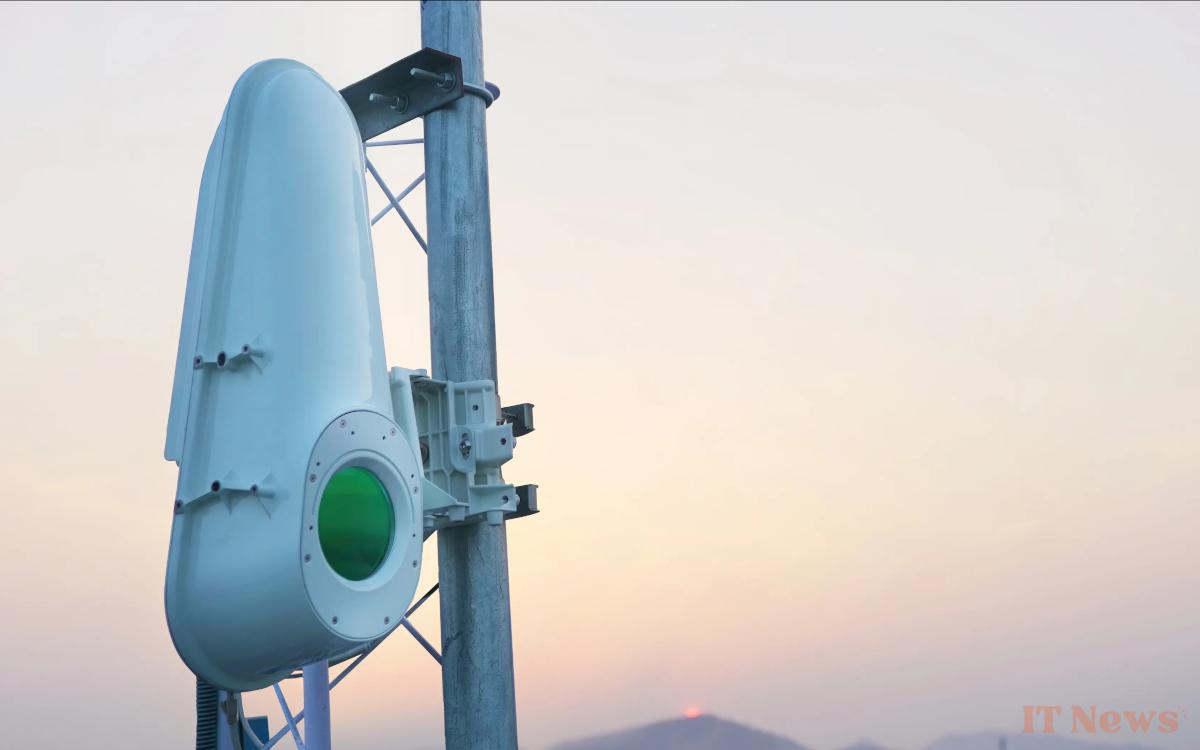The internet sometimes struggles to reach certain areas of the world. While Starlink uses satellites to connect these regions, another technology aims to address the challenge in a completely different way. Taara uses laser beams to transmit data at very high speeds, without cables or satellites. And today, this Google-born company is becoming independent to accelerate its development.
Making the Internet accessible everywhere is a major challenge. In some areas, fiber optics is impossible to deploy at due to topography or infrastructure costs. Until now, alternative solutions relied on mobile networks or satellites like Starlink. But another approach is emerging: transmitting data via light beams. This is the ambition of Taara, a project initiated by Alphabet, Google's parent company, which relies on lasers to offer a fast connection without cables.
On March 17, 2025, Taara announced its independence and left the Alphabet umbrella. The company, which previously operated within the X incubator, is becoming an independent entity with the support of investors such as Series X Capital. Google's parent company, however, retains a minority stake. This strategic change should allow the startup to raise more funds, accelerate its deployment and form new partnerships. With a presence in 12 countries, the latter is banking on its laser network to establish itself against satellite solutions.
Taara wants to revolutionize wireless internet with its lasers
Unlike Starlink, which relies on a network of low-orbit satellites, Taara uses laser beams to transmit data between two fixed points. Its Lightbridges, boxes the size of a traffic light, can send up to 20 Gbps over 20 kilometers, without the need to lay cables. The goal is to connect isolated areas, islands, or even temporary events. More recently, the same company announced a major breakthrough: a miniaturized chip using the same technology, expected in 2026, which will make these connections even more accessible.
Taara claims that its technology can provide a connection 10 to 100 times faster than a Starlink antenna, at a much lower cost. Its approach has advantages: rapid installation and reduced costs, without relying on a constellation of satellites.
However, Starlink and Taara are not necessarily in direct competition. Where The first covers large, isolated areas, the second focuses on fast, targeted connections, ideal for specific cities or infrastructures. By becoming independent, the company now hopes to attract new partners and accelerate its expansion.




0 Comments